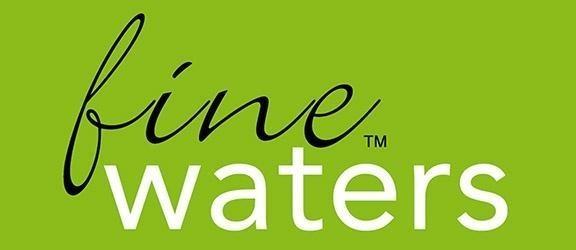Since the beginning of time, people worldwide have believed that bathing in particular springs, wells, or rivers resulted in physical and spiritual purification, and it can be found in the religious ceremonies of Jews, Muslims, Christians, Buddhists, and Hindus.
With personal hygiene becoming a concern in late 18th-century Europe, visits to mineral springs to drink or bathe in the curative waters became fashionable. The trend was set by the wealthy, who could afford to "take the waters." These destinations gained fame as "water hospitals," including Contrex in France and Fiuggi in Italy. Since the early 18th century, water from both these springs was thought to be beneficial to kidney stones. By the 19th century, numerous spa resorts were attracting the infirm and the idle vacationer. Many of these resorts and springs live on today as familiar European brand names: Evian, San Pellegrino, Perrier, Vittel, Vöslauer, Spa, Borsec, Chaudfontaine, Harrogate, and many more.
Many well-known curative waters have been distributed throughout Europe as luxury drinks since ancient Roman times. At first, the waters were typically free, with the only cost being shipping. But the owners of the now-famous spas discovered they could earn revenue by selling the water for off-site use. This mineral water was sold in pharmacies in stoneware jars, porcelain demi-jars and, later, glass containers and bottles as treatments for ailments.
Polluted and unsanitary municipal water supplies during the 17th through the 19th centuries meant that spas offered curative benefits by default: The spring water might not have been magically healthful, but it was an improvement over the contaminated city water usually consumed.
Water emerges with the bonus of natural carbonation from many famous sources like Vichy Catalan, Ferrarelle, Wattwiller, Apollinaris, and Perrier, and many more. Commercial exploitation of water sources began in France. Evian first opened a thermal bath on the private estate of the king of Sardinia in 1824. The king authorized water sales two years later, and a company was formed in 1829 to sell the water. It was first bottled in earthenware; Evian did not begin bottling in glass until 1920.
While marching on Rome in 218 BCE, Hannibal refreshed his troops at the Perrier spring in the south of France. Dr. Louis Perrier and a local farmer bought the spa site in Vergèze in 1888. Marketing the spring's naturally carbonated water was the brainchild of St. John Harmsworth, who purchased the spring from Dr. Perrier after recuperating at the spa in 1903. Harmsworth named the spring after Perrier to lend it a sense of medical authority. The iconic green bottle was designed to reflect the Indian clubs or weighted skittles Harmsworth used for sport while convalescing. The connection between water and health was now firmly established in the minds of the consumers.
Under current regulation, most countries don't allow health claims on bottled water, and for good reasons, medicine has dramatically advanced since the 19th-century doctors recommended certain waters as medicine. We should consider those old recommendations outdated and reflect the limited knowledge and cures available in the past when drinking mineral water and the placebo effect was the only treatment available.
For now, let's focus on fine water as a healthy and stylish alternative to wine and alcohol and a much better choice to accompany food than sweet soft drinks.
Even so, it is said that alcohol can be beneficial in moderation. It is, in my experience, often hard to moderate. If you drink wine, you'll be well served to drink a lot of water to hydrate as alcohol is a diuretic.
Out-crowding is the most prominent wellness aspect of drinking water with other, less-healthy beverages. Out-crowding means that you have a limited amount of total liquid intake, and if you make a large portion of the liquid that you drink water, by default, you'll reduce the amount of wine. That will mean you have less alcohol in your blood, and you might be able to remember the particulars of the evening. You'll also have consumed far fewer calories by drinking water instead of wine, and if you've been moderating, you might also be able to drive home.
The water you drink with your wine can also be an experience and make your wine taste better. We'll discuss water and wine pairings in a later chapter.
